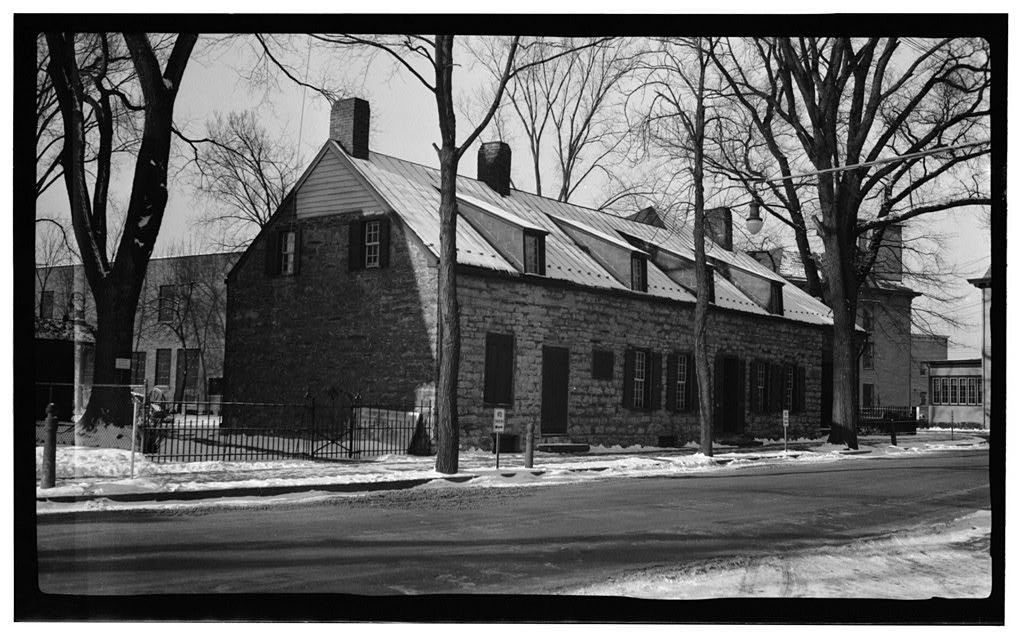
Prior to the state constitution, New York was a Province governed by its colonial charter. On July 10, 1776, just four days after the Declaration of Independence was published, a convention was assembled in White Plains, NY to draft a state constitution. There were repeated adjournments, and changes of location.
The constitution was adopted with only one dissenting vote.
The constitution contained the state’s declaration of independence from Great Britain, and created a new government. The new government would be constituted of a weak bi-cameral (two house) legislature, and a strong executive branch. It also kept certain provisions from the colonial charter, including a property qualification for voting. The constitution kept the balance of power in favour of the elite.
The Assembly was allowed a maximum of 70 members, it apportioned nine for the City and County of New York (which at the time only included Manhattan), seven for Queens County (which also included what is now Nassau County), two for Kings County (Brooklyn), two for Richmond County (Staten Island), and six to Westchester County (which included what is now Bronx County). It also included 5 members for counties which are now part of the State of Vermont.
The NY State Senate first met in the fall of 1777, in again in Kingston, NY.
Although significantly amended (at times by constitutional conventions) various times since, this document still forms, in the most basic sense, the foundation of the current New York State Constitution (approved by the voters on November 8, 1938).



 RSS Feed
RSS Feed